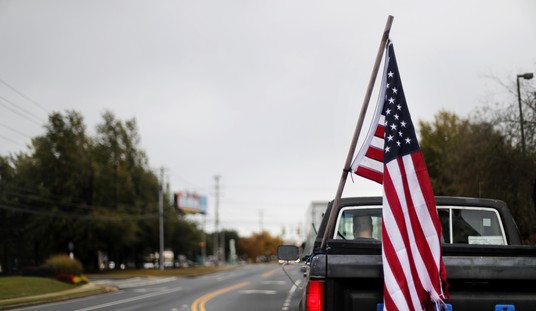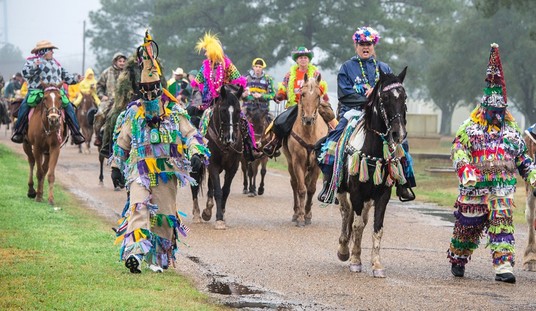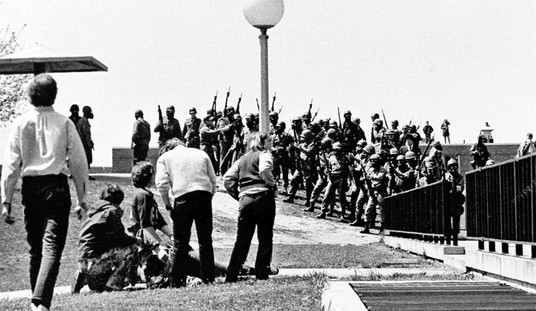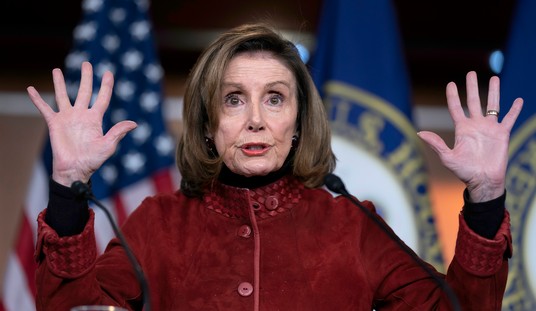“Where’s the outrage?” asked Bob Dole back during his hopeless presidential campaign against Bill Clinton. But few enough folks were outraged by Slick Willie’s friskiness with both women and the truth that Clinton was easily re-elected. Back in the days when “everybody lied about sex” and Democrats were extolling the virtues of hypocrisy, nobody had much time for outrage; the old moral order was changing and iconoclasm ruled the world. Dole may as well have been spitting into the wind:
Appearing at downtown performing arts center, where he stood before a giant mural depicting the glory days of the Lone Star State, Mr. Dole continued: ”Can you imagine former President Bush doing one of those things? No! And you never imagine Bob Dole doing one of those things either. So where’s the outrage? Where’s the outrage? When will the voters start to focus?”
At another point he asked: ”When do the American people rise up and say, ‘Forget the media in America! We’re going to make up our minds! You’re not going to make up our minds!’ This is about saving our country!” Singling out The New York Times for the second straight day, Mr. Dole went on: ”We are not going to let the media steal this election. We’re going to win this election. The country belongs to the people, not The New York Times.”
As things turned out, the election did belong to the New York Times, and pretty much did for the next 20 years; Dole’s words look pretty prophetic now. The irony is, the media — both journalistic and social — have now become the primary driver of the new outrage culture, seizing on every little incident as long as it conforms to the overall Narrative regarding race, sex, class, and “gender.” It’s as if our whole popular culture has become one vast, endless back-fence gossip session, unsourced and malicious.
So I was pleased to read this essay by my old friend and former Time magazine colleague, Lance Morrow, in the pages of the Wall Street Journal:
People have been mad as hell for much of the 21st century, starting roughly with the stalemated Bush-Gore election in 2000, followed quickly by 9/11. Fundamentals have been changing fundamentally: marriage, sexual identity, racial politics, geopolitics. Outrage flourishes also because of the rise of social media—the endless electronic brawl—and because it plays so well on our screens. Cable news draws pictures in crayon, in bold primary colors that turn politics into cartoons. On the left, “stay woke” means “stay outraged.” Trumpians want to “lock her up” or “build a wall.” Outrage is reductive, easy to understand. It is an idiom of childhood—a throwback even to the terrible twos.
The various tribes have broken off negotiations with all differing points of view. They excuse themselves from self-doubt and abandon the idea of anything so weak as compromise or, God forbid, ambivalence: No other perspective could possibly be valid. Americans have lost tolerance for the 51%-to-49% judgment call, even though that’s about the margin of their disagreement on almost everything. People give themselves over to the pleasures of self-righteousness and self-importance that come with being wronged when you know you’re in the right. Among the civic emotions, outrage is a beast of the prime; to harness outrage is to discover fire.
A healthy society reserves its outrage for special occasions: Pearl Harbor, say, or the church bombing in Birmingham, Ala., that killed four girls. But in the 21st century, special occasions—mass shootings and other random eruptions of the id—occur regularly. They have turned outrage into a ragged, all-purpose national reflex, with side effects of disgust and despair.Outrage often emerges when an anecdote about a particular drama becomes generalized into a hashtag, as when that masterpiece of unshaven phallocratic beastliness Harvey Weinstein was dragged before the public gaze, and, in an instant, the #MeToo movement arose, drawing forth the squalid secrets of other famous men. After many a summer dies the swine. But the greatest casualty of outrage may be judgment itself. It’s dangerous when indignation abstracts itself, as when charges of sexual misconduct become generalized in phrases like “toxic masculinity,” which may condemn all men regardless of facts. They are guilty one way or another. If you cannot convict a man of rape, then you may get him for “mansplaining.”Pretty soon absolutely everything becomes an outrage. Anything that isn’t an outrage is Jeb Bush… Outrage presents itself as an assertion of conscience, but in practice it mostly bypasses conscience and judgment, and goes straight to self-righteous rage, by way of self-pity.








Join the conversation as a VIP Member